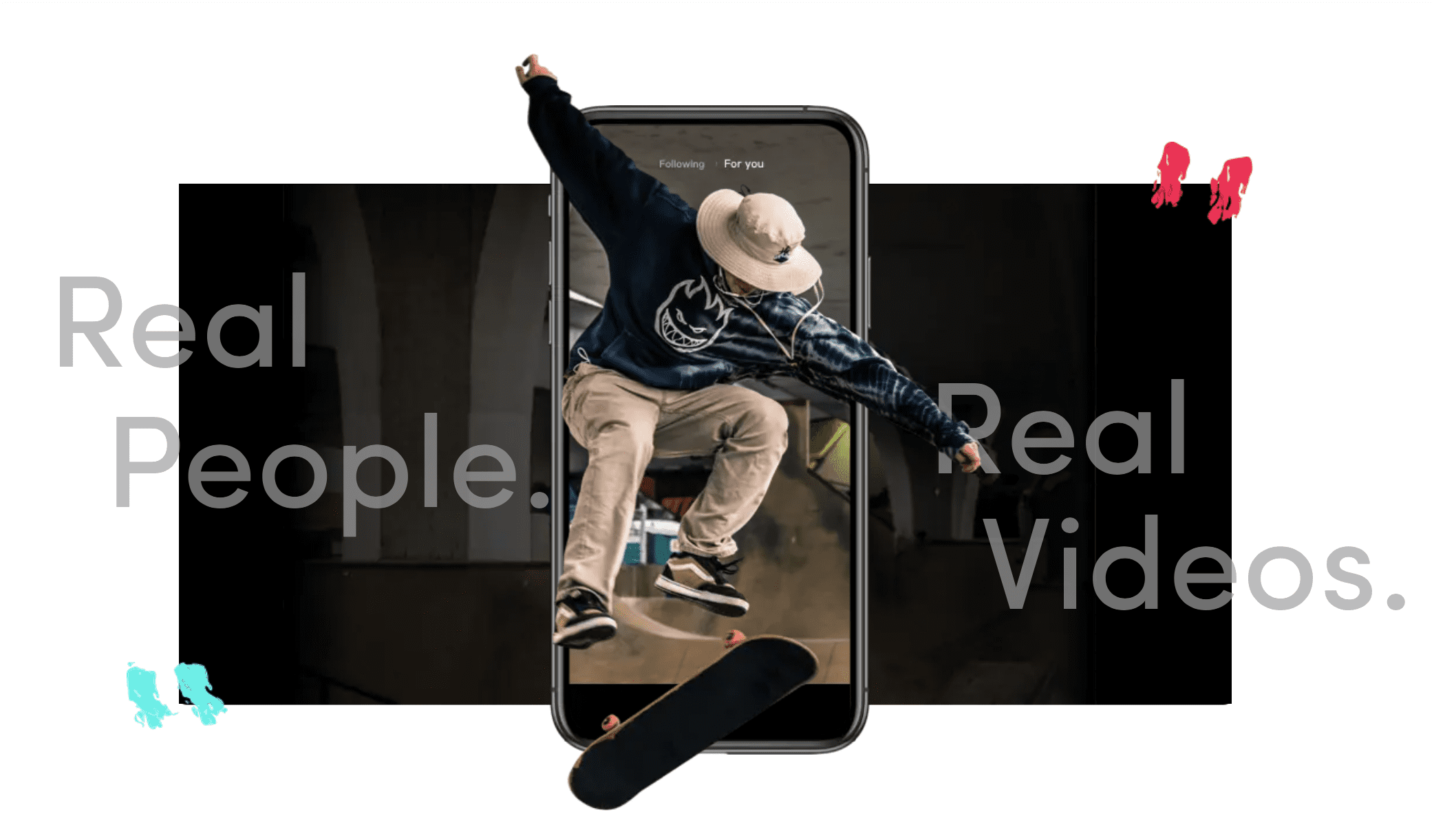TikTok has partnered with Shopify to make it possible for TikTok users to shop directly in the TikTok app. The headline here? Social shopping has become huge! Read on to learn more:
TikTok Made Me Buy It
TikTok, the video app that has taken Gen Z by storm, is perhaps best known as a go-to for short-form entertainment and memes. It’s not that products have been ignored. But up to now, TikTok has featured influencers who talk up merch—from clothing to household goods—and users could only buy those products through ads on the app.
Things have changed.
Now, with the Shopify/TikTok partnership, Shopify merchants participating in a pilot program can add a shopping tab to their profiles, then build a “mini-storefront” including prices, photos, and an “add to favorites” button. As Marketing Dive explains it, the storefront “leads users to [the brand’s] website upon checkout by syncing their product catalogs.” The shopping pilot is currently open to Shopify sellers in the U.S. and U.K., and will launch in other regions in coming months. (Merchants must have a TikTok For Business account in order to participate.)
The move is a savvy one, indicative of an understanding of a simple fact: users find merch that speaks to them on TikTok. According to The New York Times, two-thirds of TikTok users have been inspired to shop, even if that wasn’t their original intent when accessing the app in the first place. The phenomenon has gained enough attention that it even has a hashtag: #TikTokMadeMeBuyIt has garnered more than 4.7 billion views on the app.
TikTok isn’t alone: apps like Instagram, Facebook, Snapchat, and Twitter have all jumped onto the social commerce bandwagon. The data supports this trend: a recent eMarketer report reveals that social commerce sales in the U.S. have exploded, growing 35.8 percent this year, from $26.97 billion in 2020 to $36.62 billion in 2021.
Although TikTok is relatively new to this crowded field, it’s already demonstrated that it has a talent for making merch go viral. As we have blogged, TikTok collaborated with Walmart last December to host a shoppable livestream event. The response was . . . significant, with viewership exceeding expectations so spectacularly that a second event was scheduled for March 2021.
It’s also worth noting that TikTok Shopping is meant to appeal to brands large and small. As Blake Chandlee, the president of global business solutions at TikTok, said in a statement, “TikTok is uniquely placed at the center of content and commerce, and these new solutions make it even easier for businesses of all sizes to create engaging content that drives consumers directly to the digital point of purchase.” And brands are taking note. Kylie Jenner’s Kylie Cosmetics is pegged to be one of the early TikTok Shopping adopters.
Why the News Matters
These developments underscore how big social shopping (also known as retail social commerce) has become. As noted above, eMarketer has acknowledged the multibillion-dollar industry retail value that social commerce represents. The market research company goes on to make a bold projection, predicting that 2020’s $26.97 billion in sales “will more than double by 2023, when we predict retail social commerce earnings will hit $56.17 billion.”
eMarketer also notes that social shopping is particularly popular with the surging Gen Z population. That’s good intel for brands hoping to reach this audience. Per eMarketer, more than half of U.S. social media users aged 18 to 24 have used a social channel to make purchases. eMarketer also says that in the United States, it’s the Millennials who are most likely to rely on social media networks as important information sources when deciding what to buy.
What Brands Should Do
How to incorporate social commerce into your marketing plan? We recommend that you:
- Understand your audience. Are you reaching out to Gen Z? Boomers? Not all social commerce platforms are the same. TikTok resonates with Gen Z and Millennials. Boomers tend to gravitate to Facebook. Ask yourself: who am I trying to reach, and where can I find them?
- Learn how to use the tools available to you. Each platform will have its own requirements for creating content. In addition, all of these popular sites will demand a strong understanding of how to use visuals—anymore, it’s essential that brands know how to create powerful imagery.
- Appreciate how influencers can be a powerful ally to your brand. How might you partner with influencers to reach your audience online—and fan the flames of demand?
- Make sure you are teed up for success. As we’ve blogged, many businesses have struggled to manage the surge in demand that can happen when they attract more shoppers with an intent to buy. Make sure your online fulfillment is up to handling an uptick in sales.
Contact True Interactive
Now more than ever, there are multiple ways brands can connect with their audience—and facilitate purchases. Contact us to learn more about leveraging the exciting digital opportunities out there.
